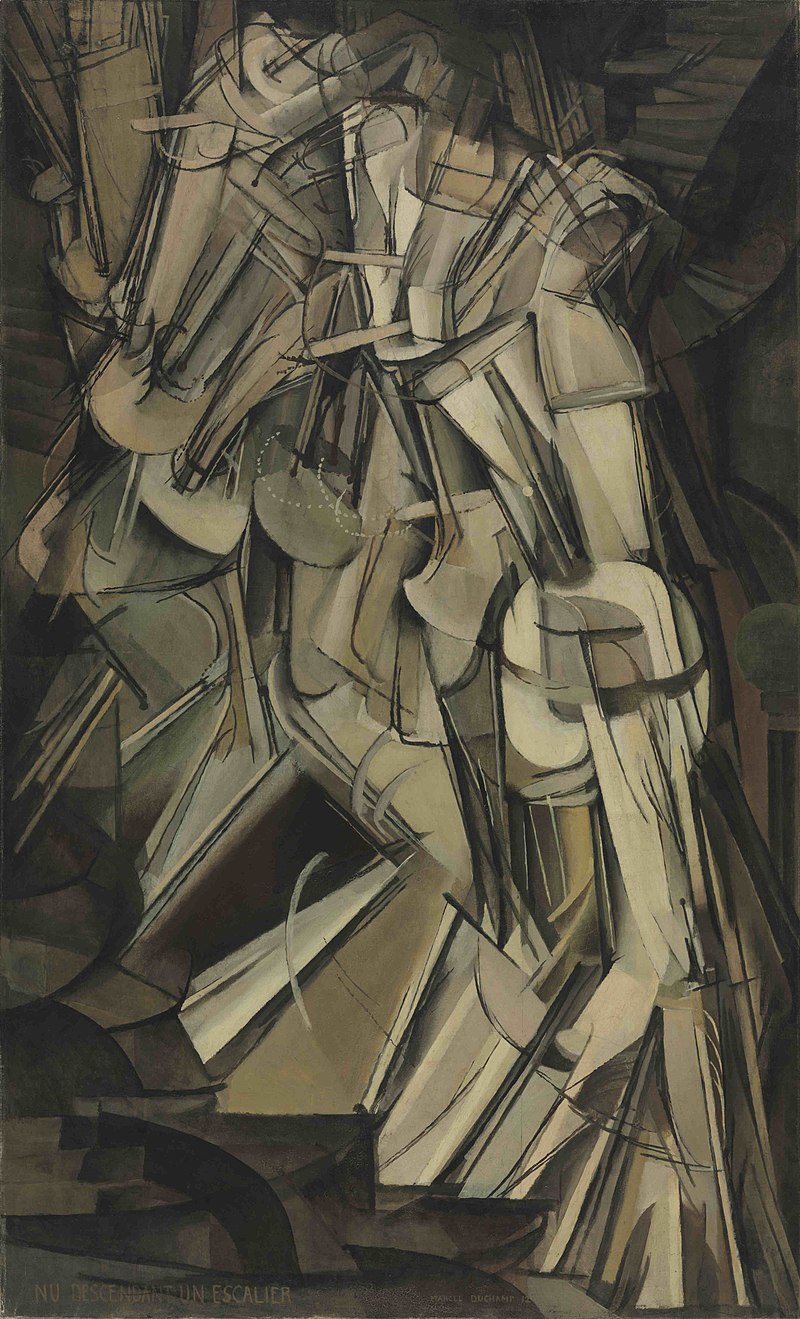By Maisie Jennings
In her diary, Anaïs Nin compares herself to a trapeze artist, suspended between two bicoastal marriages in a spectacular aerial performance across America. It isn’t difficult to imagine her in flight. Photographs of Nin depict a dazzling woman with long, pencilled eyebrows framing the dark eyes of a French film star. I’m always struck by the glamorous minutiae of her appearance, and it seems to me, that, more than anything, Nin embodies the performer tip-toeing across the taught line of the self – of its concealment and expression.
The image of the balancing act occurs again in her novel, A Spy in the House of Love, part of Nin’s aptly named five book collection Cities of the Interior. It is a book entirely about secrecy; the fragility of its maintenance, and the terror of discovery. Sabina, the adulteress, lives in constant fear that she ‘could fall from this incandescent trapeze on which she walked’. The trapeze bifurcates every part of Sabina’s life like piercing a mirror, and it propels a kind of schizophrenia that shatters her sense of a singular, unified self. In a moment of reflection, Sabina sees ‘no Sabina, not ONE, but a multitude of Sabinas lying down yielding and being dismembered, constellating in all directions and breaking’.
Nin expresses Sabina’s multiplicity of self through her sexual encounters. Indeed, sex is the sensual arena in which Sabina negotiates her selfhood. With every lover she takes, Sabrina is briefly able to control the splitting of her identity as, like an actress or a spy, she crafts her allure, she becomes desire. For these careful transformations, Nin provides accompanying music to Sabina’s sexual vignettes: Debussy’s “Ile Joyeuse”, “Clair de Lune”, Wagner’s “Tristan und Isolde”, and Stravinsky’s “The Firebird”. The effect is heady, thrusting, trembling – the sex that Sabina pursues is orchestral and baroque in its intensity, and she surrenders to it. It is what Nin deems ‘a moment of wholeness’ in which Sabina’s self is subsumed by the rhythms and movements of desire. There is an almost atavistic quality to this passion:
‘They fled from the eyes of the world, the singer’s prophetic, harsh, ovarian prologues. Down the rusty bars of ladders to the undergrounds of the night propitious to the first man and woman at the beginning of the world, where there were no words by which to possess each other, no music for serenades, no presents to court with, no tournaments to impress and force a yielding [..] but only one ritual, a joyous, joyous, joyous impaling of a woman on a man’s sensual mast’.
Sabina’s performances of her multiple selves, her dark cape and shadowed eyes, the flimsy gossamer of her trapeze, all dissipate with the ecstasy of sex. In many ways, Nin liberates herself from patriarchal literary conventions, anticipating the Sexual Revolution by embodying her work – she ‘endows words with flesh and blood’ as she subjectivises taboo female sexuality. Here, it is crucial to understand that the distinctly female perspective Nin embodies within her work is her own. To me, Nin’s novels and diaries represent an early form of autofiction – they retain an ambiguously fictional level, allowing the author to manipulate episodes of her own life through the constructed insertion of her self as a character or heroine. In A Spy in the House of Love, Nin writes Sabina to inhabit the portrait she constructs of herself in her diaries. She uses Sabina to reveal aspects of her infidelities, as well as concealing any autobiographical details through the nebulous and labyrinthine distortions of Sabina’s mind. There are only fragments of New York, recollections of an interwar Paris we might connect to Nin’s affair with Henry Miller, and the maritime locations of Provincetown and New Jersey that resist factual readings through Nin’s oblique narrative style.
After her death in 1977, Nin was exposed – a ‘consummate liar’ whose body of work encapsulates her need for meticulous, artful self-invention. In her obituary in the New York Times, she was listed as being survived by her husband, the wealthy banker Hugo Guiler. In the Los Angeles Times, her husband was listed as Rupert Pole, an actor nearly twenty years her junior. Contemporary feminists reviled Nin’s bourgeois proclivities; she was a 20th century Madame Bovary, and, after the publishing of her erotic collections Delta of Venus and Little Birds, a dollar-a-page pornographer.
I think it is both impossible and irrelevant to attempt to reduce Nin to either the merciless upper-crust adulteress or the impenetrable feminist sexual pioneer. Whether she wrote to seek some kind of absolvement, or to bring into being a new world of feminine erotic literature is also beside the point. For me, Nin is best understood in her own words: ‘We write to taste life twice, in the moment and in retrospection’. Certainly, Nin, by careful construction and insertion, explores all the tastes and sensations of a vivid erotic life.

